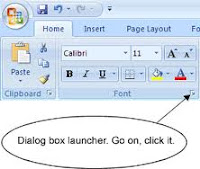

This tells Word that you want to start this paragraph at the top of a page, no matter what. In the Paragraph dialog, on the Line and Page Breaks tab, tick the “Page Break before” option. But very occasionally you may need to force a paragraph to start at the top of a page. If you're using a well-constructed template, there should be little need for this. I always want to start a particular paragraph at the top of a page This translates as “Keep all the lines in this paragraph on the same page”. In the Paragraph dialog, on the Line and Page Breaks tab, tick the “Keep lines together” option. I don’t want a page break within a paragraphĬlick in the paragraph.

So only use “Keep with next” where you need it. If you apply “Keep with next” to too many paragraphs in a row, and if Word cannot fit all the material on one page, Word will eventually insert a page break. By default, all heading styles, for example, are set to “Keep with next”, so there will never be a page break immediately after a heading. In most templates, many styles are set to “Keep with next”. This option is ideal for paragraphs that introduce a bulleted list. This option translates as “Keep this paragraph on the same page as the next paragraph”. In the Paragraph dialog, on the Line and Page Breaks tab, choose “Keep with next”. Figure 2: To see the Paragraph dialog, on the Home tab, click the dialog launcher in the Paragraph group I want to prevent a page break between two paragraphsĬlick in the earlier paragraph.


 0 kommentar(er)
0 kommentar(er)
